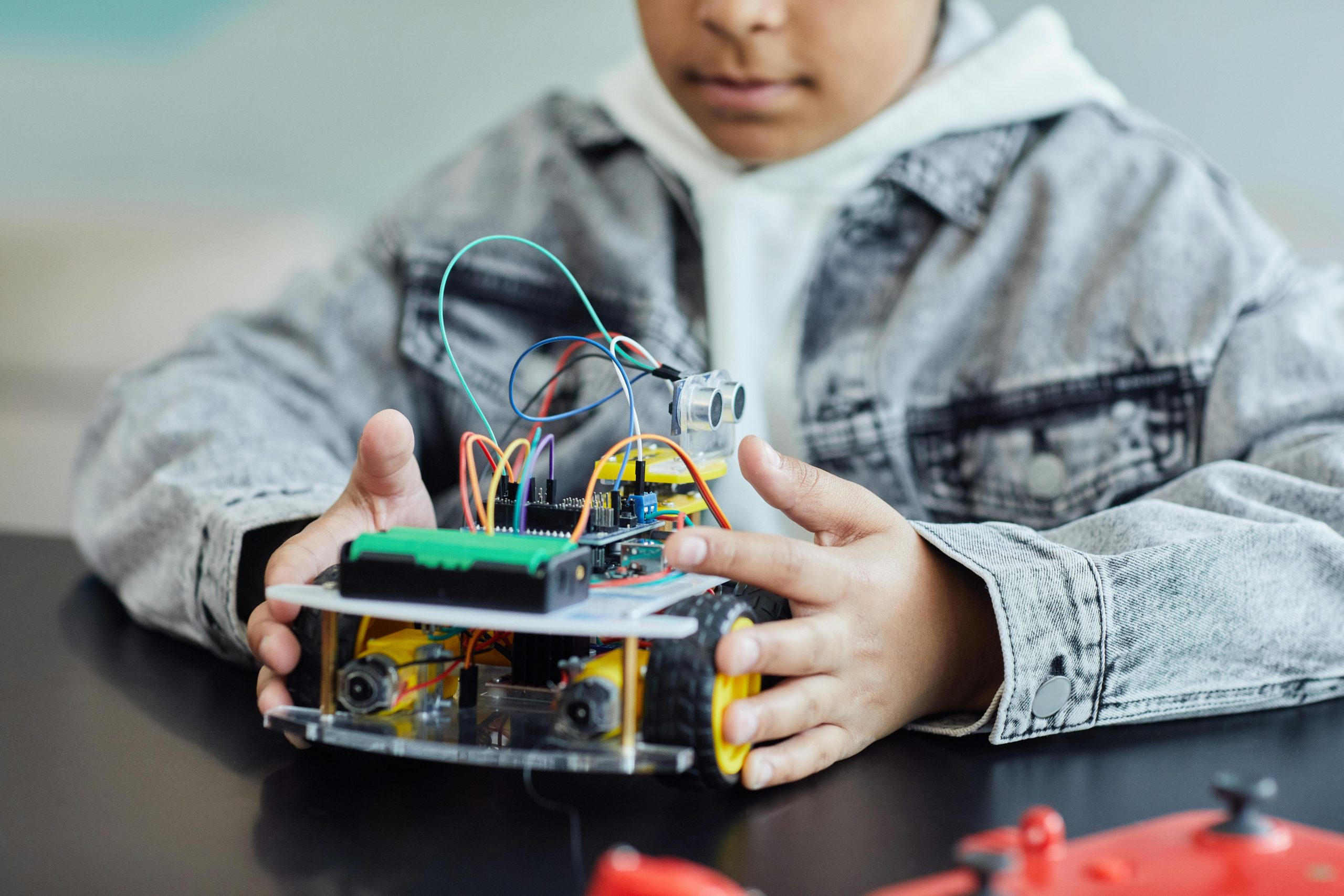Interactive Simulations: Enhancing STEM Education with Real-World Scenarios
The world of education is rapidly evolving, thanks to the advancements in technology. In the STEM (Science, Technology, Engineering, and Mathematics) field, new methods and techniques are constantly being introduced to enhance learning and prepare students for the fast-paced and complex world of science. Interactive simulations are one such method that has gained popularity in recent years. By providing students with real-world scenarios, these simulations are revolutionizing the way STEM subjects are taught. In this article, we will explore how interactive simulations are enhancing STEM education, specifically by using real-world scenarios.
The Importance of Real-World Scenarios in STEM Education
Traditional teaching methods often rely on theoretical concepts and textbook knowledge, which may not always be applicable in real-world situations. This can hinder the ability of students to understand and apply their knowledge effectively. With STEM subjects, understanding the concepts and applying them in practical situations is crucial. Real-world scenarios provide a bridge between theory and practice, giving students a deeper understanding of the subject matter.
Students are more engaged and can apply critical thinking skills when they see the relevance of what they are learning. By using real-world scenarios in STEM education, students can develop problem-solving skills and learn how to work collaboratively, which are essential in the modern workforce. These scenarios also allow students to make mistakes and learn from them, without any real-world consequences. This helps in building confidence and preparing them for future challenges.
How Interactive Simulations Enhance STEM Education
Interactive simulations are digital models designed to mimic real-world situations, allowing students to interact with them and see the effects of their actions. These simulations offer a variety of benefits in STEM education:
1. Improves Understanding of Complex Concepts
STEM subjects often involve complex and abstract concepts that can be difficult to grasp. Interactive simulations provide a visual and interactive representation, making it easier for students to understand and retain the information. By allowing students to manipulate the simulations, they can see the cause and effect relationships, making the concepts more tangible and easier to comprehend.
2. Encourages Active Learning
The traditional lecture-style teaching can often be passive, where students are only expected to listen and take notes. Interactive simulations, on the other hand, require students to actively participate and engage with the material. This leads to better retention of information and a deeper understanding of the subject matter.
3. Offers Personalized Learning
Every student has different learning needs and styles. Interactive simulations offer a personalized learning experience by allowing students to progress at their own pace. They can also revisit the simulations as many times as they want, which is especially helpful for students who need more time to understand complex concepts.
4. Provides Real-World Experience
As mentioned earlier, real-world scenarios in STEM education help students to apply theoretical concepts in practical situations. Interactive simulations take this a step further by providing a realistic and safe environment for students to learn and experiment. This not only enhances learning but also prepares students for future STEM-related careers.
Real-World Scenarios in Interactive Simulations
Incorporating real-world scenarios into interactive simulations enhances the effectiveness of this teaching method even further. By simulating real-world situations, students can see the direct application of the concepts they are learning. For example, in a biology class, students can use an interactive simulation to understand how different environmental factors affect the growth of a plant. In a physics class, students can explore the effects of gravity and friction on different objects in a virtual world.
Moreover, interactive simulations can also simulate scenarios that may be too dangerous or expensive to perform in a real-world setting. For example, students can explore the depths of the ocean, travel to space, or conduct experiments in a laboratory without fear of any harm.
Conclusion
Interactive simulations, combined with real-world scenarios, are an effective way to enhance STEM education. By providing students with a personalized, active, and practical learning experience, they can develop the necessary skills and knowledge to excel in STEM-related fields. As technology continues to advance, the possibilities for interactive simulations are endless, and so are the opportunities to enhance STEM education.
So, if you are a student or an educator in the STEM field, make sure to take advantage of interactive simulations and real-world scenarios to enhance your learning experience. The future of STEM education is bright, and it is in our hands to make it even better with the help of these innovative tools.










